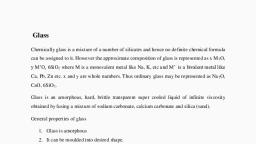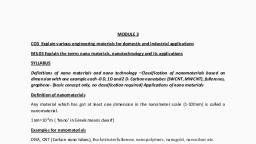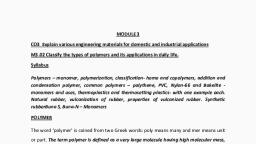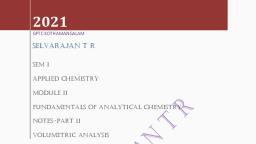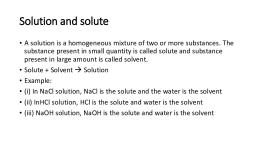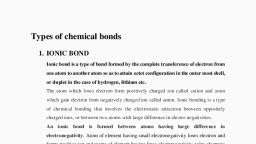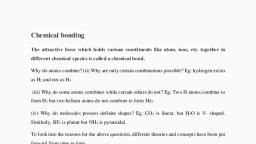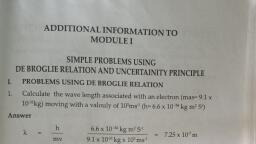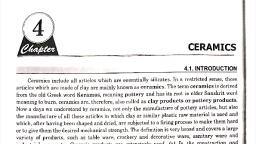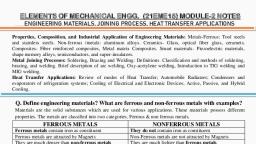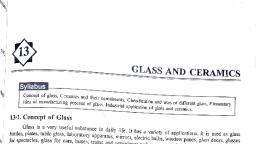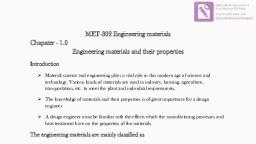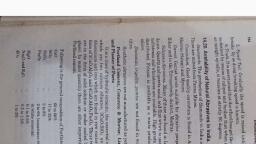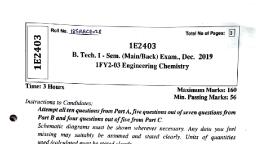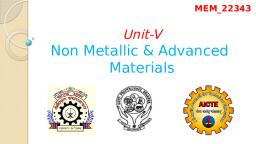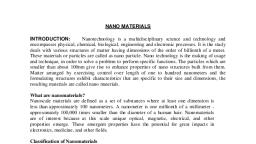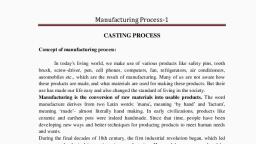Page 1 :
Refractories, A refractory material or refractory is a material that can withstand high, temperature without softening, melting or deformation., Examples: Alumina bricks, magnesia bricks, silica refractories, carborundum, refractories, General properties of refractories, 1. Refractoriness: It is a property of a material by virtue of which it can, withstand high temperature without appreciable softening under working, conditions. It should have a softening temperature higher than operating, furnace temperature., 2. Porosity: Porosity of a material is the ratio between it’s pore to the bulk, volume. A good refractory should have a lower porosity, 3. Thermal spalling: This is the property of a refractory brick for undergoing, fracturing, flaking, peeling or cracking at high temperature or under rapid, fluctuations in temperatures. A good refractory should have minimum, tendency for thermal spalling., 4. Strength: A refractory material should possess high mechanical strength, even at operating temperature. Fire clay bricks collapse under heavy load., Silica bricks exert good load bearing strength., 5. Chemical inertness: Refractory should be chemically inactive towards, slag, fuel, furnace gases etc., 6. Thermal expansion: A good refractory should have least possible thermal, expansion., 7. Electrical conductivity: They should have low electrical conductivity.
Page 2 :
Applications of refractories, 1. Refractory materials are used to make furnaces, kilns, incinerators, and, reactors., 2. To make crucibles, 3. Moulds for casting glass and metals, 4. Surfacing flame deflector systems for rocket launch structures., 5. Used to make different parts of solid and liquid rockets, nuclear propulsion, devices and high performance air breathing devices such as ramjet engines, 6. Valves for missiles
